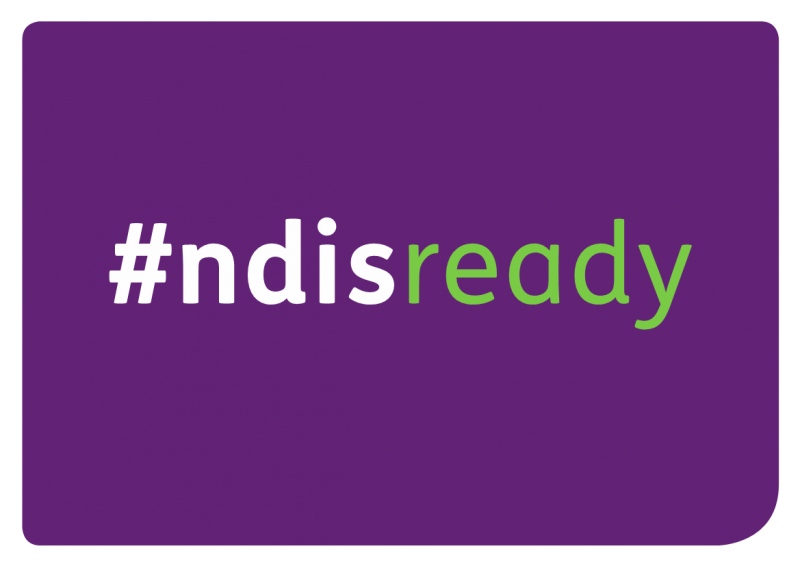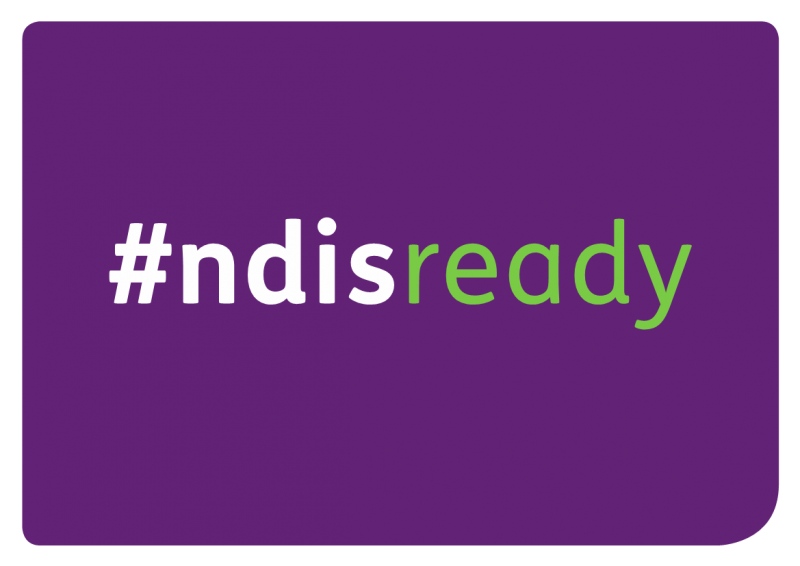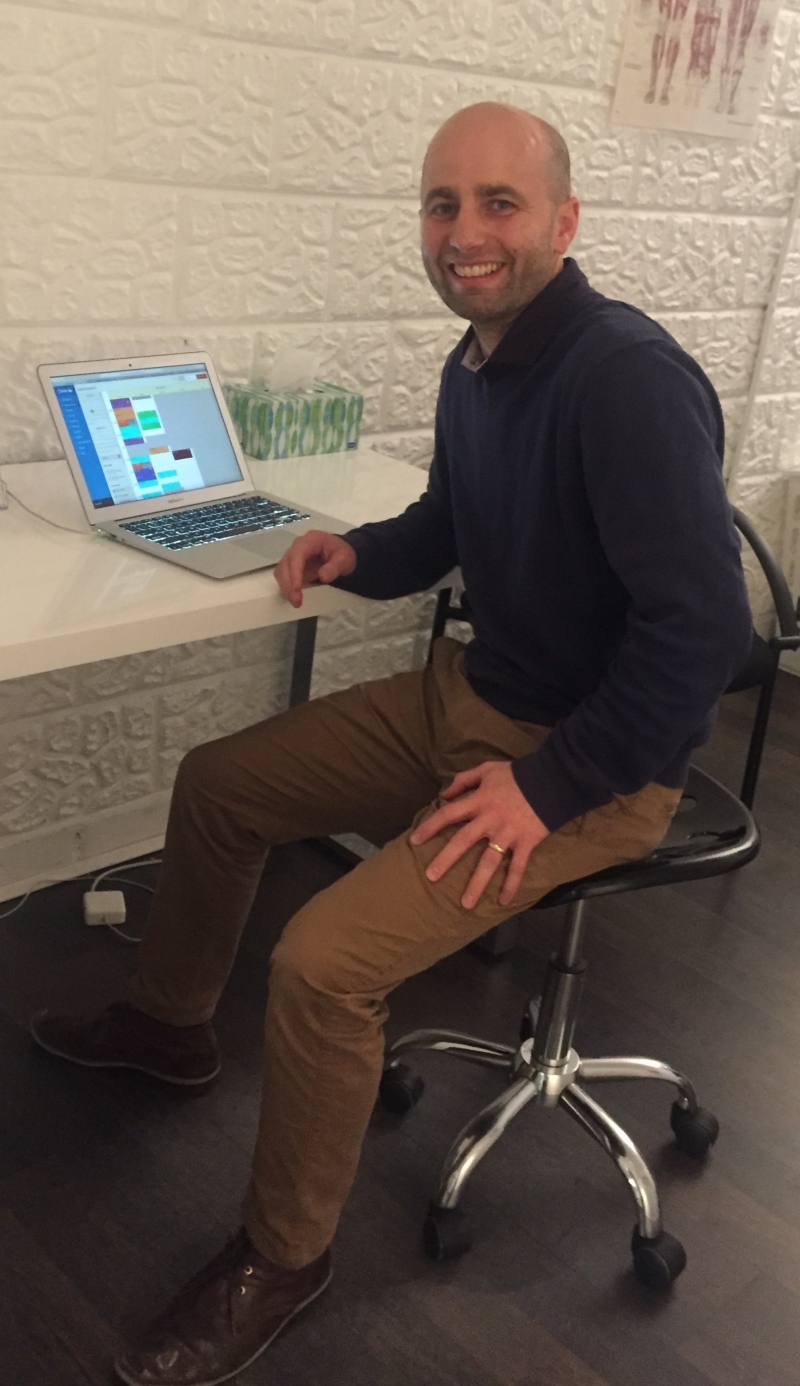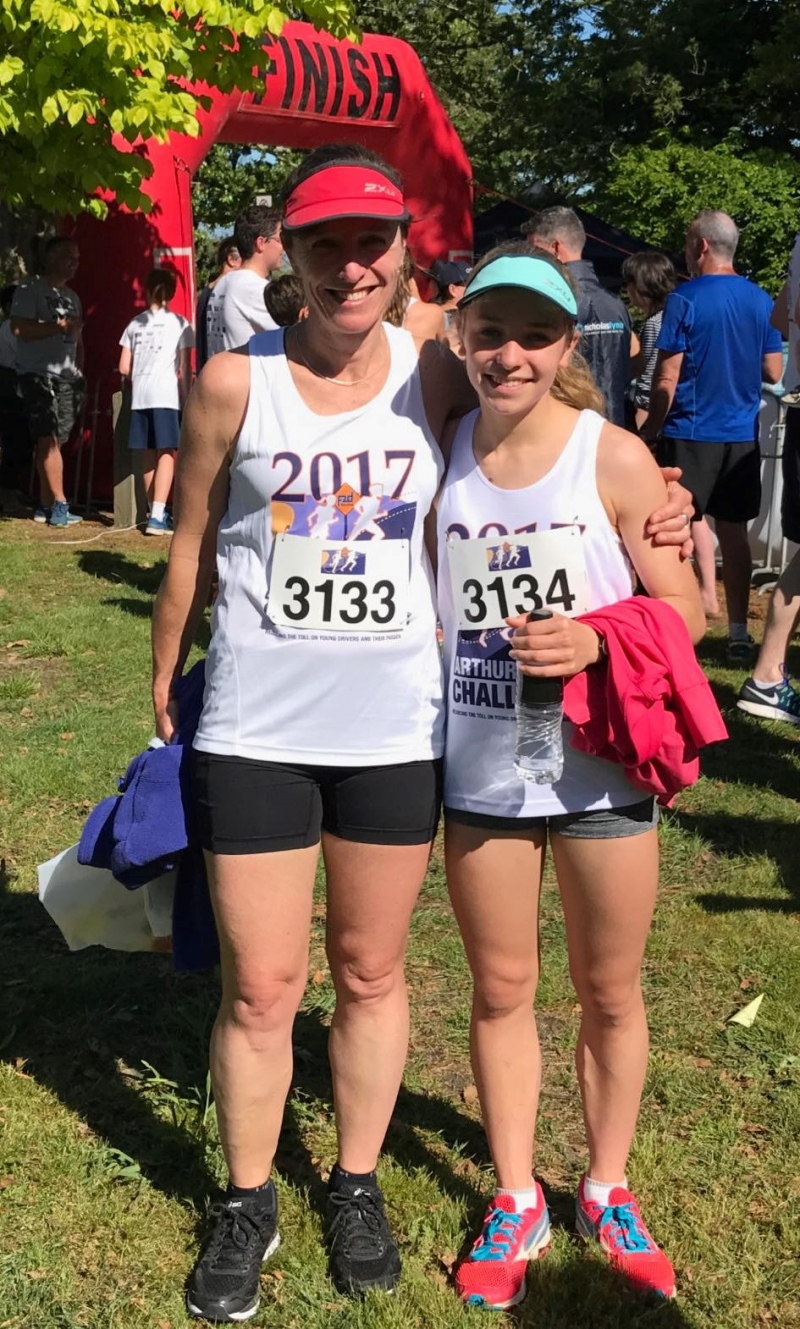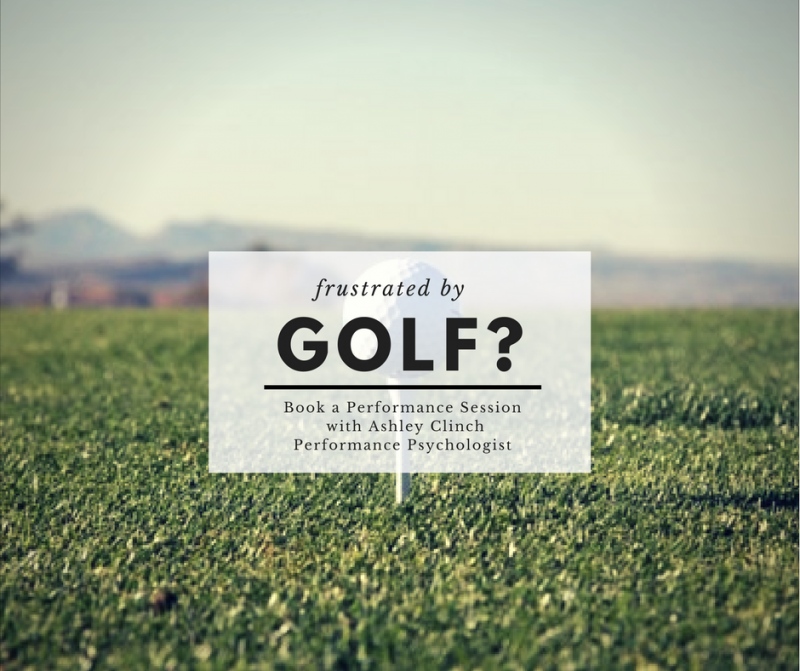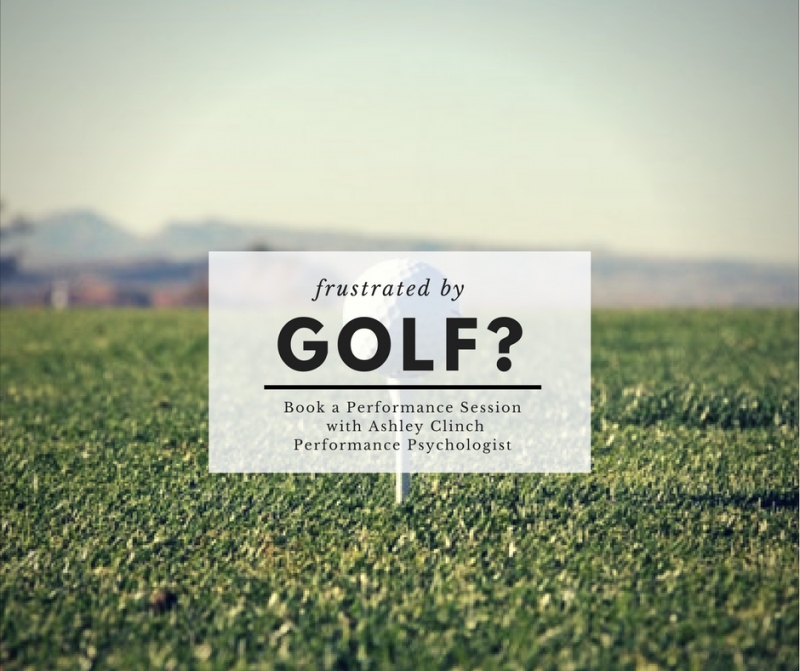Physio Blogfrom the team at South Coast Physiotherapy

James Gasper
We are now a fully Registered NDIS provider
The National Disability Insurnace Scheme (NDIS) offers government support for people with disability, their families and carers.
South Coast Physiotherpy is now fully registered with NDIS allowing us to provide physiotherapy services to those eligible.
We are now a fully Registered NDIS provider
The National Disability Insurnace Scheme (NDIS) offers government support for people with disability, their families and carers.
South Coast Physiotherpy is now fully registered with NDIS allowing us to provide physiotherapy services to those eligible.
James Gasper is now available 4 days a week.
After working between Pinnacle Physiotherapy in Mornington and here at South Coast for the last 4 years James has now joined us full time.
It is definitely a case of Mornignton’s loss and our gain to have a Physiotherapist of James’ experience to join us on a full time basis.
James has over 10 years experience in private practice and has been working on the Peninusla since 2009. On top of seeing his patients in the clinic he has provided sports physio to different Peninsula teams and athletes as well as develop a full understanding of the workcover and TAC systems ensuring patients get back to their work and recreational activities.
James will be availble on Mondays, Tuesdays, Wednesdays and Fridays and will be working an evening shift every Monday.
Congratulations to Raquel
Big Congratulations to Raquel and her daughter Justine who completed the Arthurs Seat Challenge last weekend.
bebetter HEALTH
Myotherapist and Exercise Physiologist Joining The Team
Jen Baker

Jen will initially be available on Mondays, Tuesdays and Thursdays.
Contact reception to book an appointment.
Catastrophizing
How making mountains out of molehills will hinder your rehabilitation
We live in a society where we are constantly bombarded with information, be it on the TV, on social media or in old fashioned printed newspapers. News has reached such a saturation point that journalists and news organizations seem to be predicting a global catastrophe at every opportunity in order to get our attention.
As well as this exaggeration of negative outcomes being rife in the media it also plays a role in the treatment and management of injuries and illnesses. It is well documented how catastrophizing about pain, function or diagnosis following an injury plays a negative role in rehabilitation. Studies have shown that it leads to worse pain outcomes, increased disability and increased emotional stress.
Many of these negative beliefs are a result of real fears and vulnerabilities, which are associated to trying to return previous activity levels. Fear of re-injury and fear of failing to return to a level of function required for a sport or work place, can all create low self-confidence and foster an environment for catastrophizing and even lead to a point where patients can obsess over injuries they may not even have. An example of how this can happen is shown in the table below.
|
Logical thought and reasoning. |
-> |
Semi Logical thoughts with increasing fear avoidance. |
-> |
Catastrophising and fear avoidance |
|
|
‘I have a sore back. Maybe I shouldn’t have lifted that table yesterday. I should avoid lifting heavy things for a day or 2.’ |
‘I think I need a scan. I could have blown a disc. I had better rest and avoid all lifting.’ |
‘The disc could be pressing on a nerve and my back feels unstable. I shouldn’t bend or lift anything.’ |
‘My disc has popped out and has compressed a nerve. Any movement could leave me in a wheelchair. I will never be able to get back to work.’ |
||
Once a full assessment has been completed and any serious pathology has been ruled out it is important that these psychological issues are addressed as well as the physical impairments. This is true both for the elite athlete returning to an Olympic sport or a retiree returning to a walking group.
One of the best ways to address this is for the patient or athlete to have a clear understanding of their diagnosis and the realistic timeframes involved in the healing process. Knowing the healing time and the healing capabilities of the injured structures and how age, general health and previous injuries will affect this process will enable them to feel more in control of the whole process.
As well as education on the injury, having good communication between the patient and their treating clinicians is also vital. If the rehabilitation does falter it can be addressed quickly, avoiding frustration from the patient which could lead to the negative believes mentioned above and a loss of confidence in the clinician.
As with many areas of health care this sounds very straightforward in theory, but in practice it certainly is not. Treatment plans can get complicated and confusing if there are too many people contributing to it. This is definitely the case when Dr Google or well meaning family members get involved. Also the diagnosis itself is rarely straightforward and often involves more than one structure.
Ultimately having trust in the health practitioners and Doctors that are managing your injury is the key. If you do not have it then you either need to speak to them about it or find a new team.
Golf with Ashley Clinch
How do you practice golf? If you have a regular job, with a family your time would be limited. Play on the weekend, practice after work one night a week in winter if you are lucky.
Do you go to the range and hit a bucket or 3? Is that helping you improve? Most likely not. Tee it up, hit it, tee it up again, hit it.
Ask yourself honestly what would improve your golf game?
I know for me at the moment my putting needs to improve to shoot lower scores. I need to make more putts in the 6 to 12 foot range. Tour pros make around 65% of putts from 6 feet and 30% from 10 to 15 feet.
So my plan is 3 fold to improve my putting
- check in with my coach to see that my technique is sound.
- work on my mindset - yes even a psychologist can improve on this.
- work on some practice drills on the putting green to help in this range - the Spieth/McCormack gateway drill is a good one i have seen recently.
What is your plan for improvement? Contact me to book in for a Performance session.
Frustrated by Golf?
Sporting Injuries in the Younger Athlete

Pain in young athletes is a common occurrence, which is often described as growing pains and can be viewed by coaches, teachers and parents as part and parcel in becoming an athlete. With children growing up in a society of sporting heroes who live celebrity lifestyles the attraction of pursuing sporting careers has never been higher and therefore so to is the risk of picking up adolescent injuries.
Young Bones
A major reason for these injuries is due to the structure of their growing bones compared to the structure of a fully matured adult bone. The articular surfaces and the body of the bone all respond differently to stresses and loads when compared to mature bone. Immature bones also have growth plates that are vulnerable to shear forces and can interfere with the growing process. Added to this is an imbalance between the faster growing muscle and slower growing bone that can create traction forces at muscle attachments. All these factors create injuries that are unique to younger athletes and need to be diagnosed by professionals to ensure that long-term impairments are prevented.
Sedentary lifestyle
The prevalence of these injuries remains high even though there is good understanding of how they are caused and how to manage them. One of the reasons for this is an increased sedentary lifestyle. Children today are less likely to be walking too and from school, playing in the park or cycling to friend’s houses. Sedentary activities such as playing computer games and watching TV box sets are becoming more and more common. It can certainly be argued therefore that while participation in sports and school activities may have increased this sedentary lifestyle outside sport has lead to the kids of today having spikes in load from sedentary activities to high demand running and jumping with no in-between. This yo-yoing of activity creates the perfect environment for injury.
Physiotherapy Intervention
Luckily if these injuries are diagnosed early then their management is usually straightforward with minimal intervention needed. Reducing or in some cases stopping the sporting activity or the training load for a set period of time will generally allow for a full recovery and the sport can then be recommenced. As physiotherapists it is our job to ensure that factors such as poor training technique, biomechanical impairments, muscle weakness and unsuitable equipment are addressed. This will often involve assessment of sporting technique such as running, jumping, bowling or kicking (depending on the sport) and implementing strengthening and mobility exercises along with graded loading programs until a return to sport is achieved.
There are injuries that involve disruption to joint surfaces or growth plates, which are more serious and will result in longer periods away from sport and can even require surgical intervention. Early detection and management lead to the best results and it is therefore important for young athletes to have any pain or discomfort assessed and diagnosed. The majority of time they will be able to continue with their sport and can even come out of it stronger with less chance of future injury.
Take Home Message
Although pain in young athletes is often the result of their growing bodies being exposed to excessive loads their symptoms should not be ignored and professional assessment and management will not only be able to rule out any serious pathology but will more than likely result in them becoming a better athlete with less risk of future injury.
